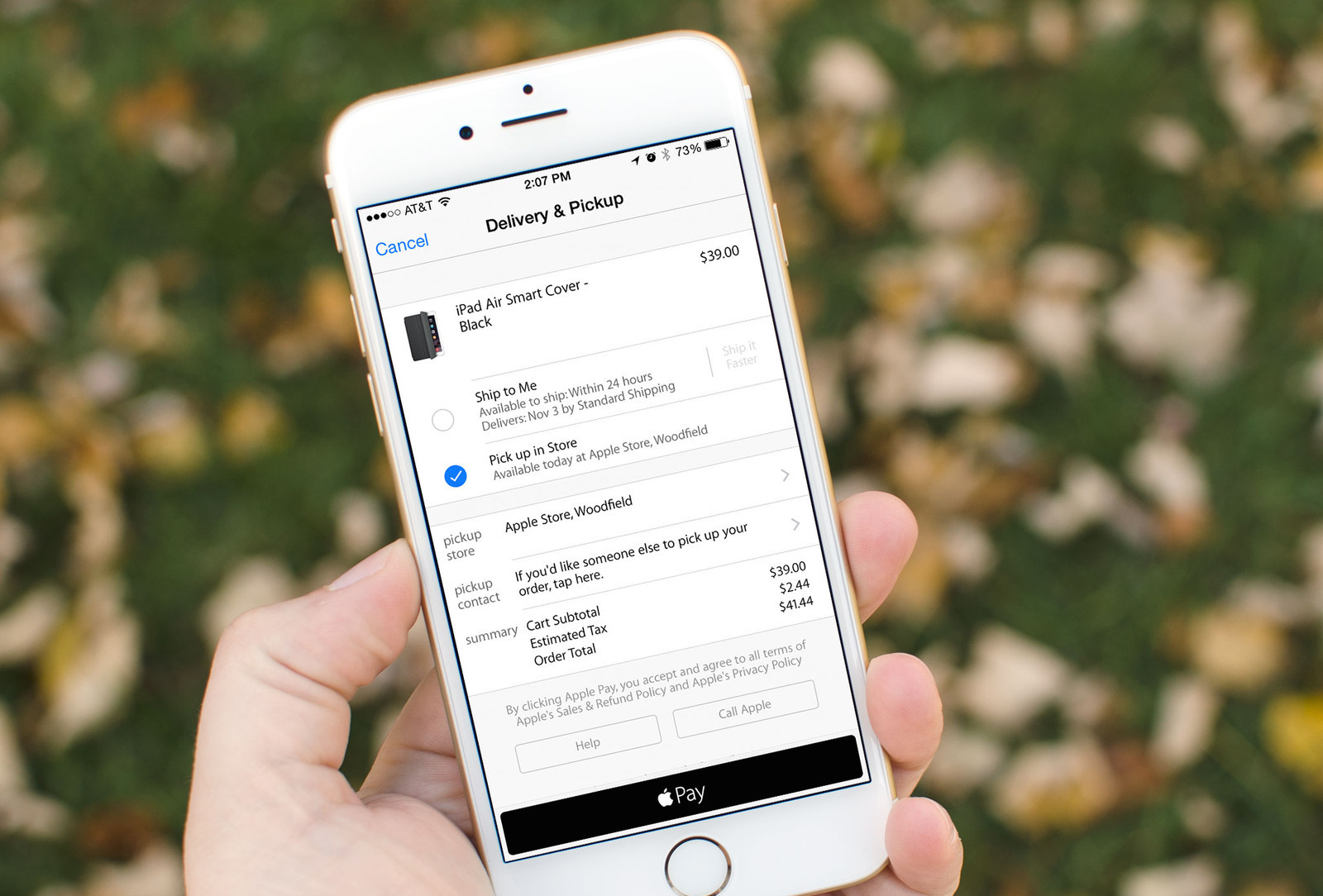
- 2 Min Read / Blog / 3.2.2020

On iOS, mobile e-commerce development has long been augmented by services like PayPal, which provide mobile payment processing that spans mobile web and mobile native applications with mobile user authentication and payment processing. But with iPhone 6 and iOS 8, Apple introduced a new approach for payments within iOS native applications that could completely change the way e-commerce brands approach native iOS development: in-app Apple Pay.
Apple Pay in apps could reshape how e-commerce brands approach iOS native development.
Apple Pay isn’t only an implementation of the iPhone 6 NFC chip for retail payments. It’s also a broad-ranging payments system that leverages the enhances security features of Touch ID to process secure payments in iOS apps. Native developers can include Apple Pay as a payment option in their apps alongside traditional credit card entry or even PayPal sign-in, drawing from the saved payment card data stored in iPhone’s secure element.
But Apple Pay in apps is more than a shortcut to payment cards from within native applications, or even a novel way to make use of Touch ID. Apple Pay also includes a preferred email address and shipping data in the iOS Settings application, meaning that Apple Pay can significantly shorten the customer registration process and simplify the transactional workflow for users in e-commerce apps on iOS.
Apple Pay can simplify the registration workflow, getting users through sign-in screens and into transactions quicker.
Mobile app developers can use the data provided by Apple Pay to instantly register accounts and get users paying quicker, removing cumbersome barriers to transaction efficiency. Uber, an in-app Apple Pay launch partner, uses the Apple Pay data to immediately authenticate users and help them begin hailing cabs in seconds. Rather than using the traditional email-and-password registration process, and the lengthy payment card entry screen, users simply scan their fingertip with Touch ID, and an Uber driver is en route.
Simplifying payment processes for e-commerce transactions is valuable for online retail brands, but this speed-to-checkout improvement is massively critical for mobile e-commerce developers. With the shorter attention spans for mobile users, and with the frustrations associated with regularly completing identical payment forms across apps, Apple Pay could alleviate user annoyances and accelerate e-commerce transactions for brands with native apps in one fell swoop.